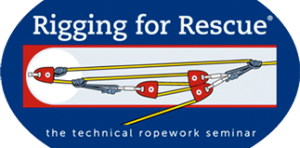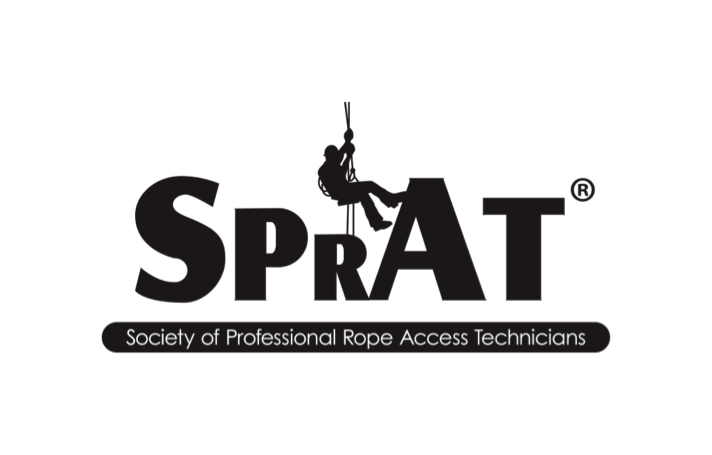John Morton’s presentation on theoretical breaking strengths of trees was a particularly excellent presentation. John’s work was inspired by conversations and collaboration with Mark Miller of Rigging for Rescue. Mark tragically passed away in January, 2015 in an ice climbing accident. He and John had exchanged ideas on how to go about theorizing breaking strengths for trees. John offered a user-friendly model that theorized what many end-users have suspected for quite some time – live trees are very robust anchors and often we can safely utilize trees much smaller than the tried and true “helmet diameter” tree size.
This was my 14th consecutive ITRS. One of the things that I have continued to observe over the years is that a lot of the presentation material tends to focus on some combination of materials, devices, and system integrity (or lack thereof). The evidence provided is often either a series of slow pull examinations or drop tests. At Rigging for Rescue, we have regularly presented at ITRS on topics that would meet that very same description. Recently, however, we have begun to take a much stronger interest in evaluating the human factor and how that interfaces with the systems and devices that we employ in rope rescue. Typically, when we talk about identifying weak links in a system the focus is often from an engineering perspective (e.g. a component part at X kN of breaking strength). But a review of incident and accident reports from a variety of industries (aviation, automotive, forestry, etc.) rarely reveals the catalyst being a material or device. Oftentimes, contributing factors are directly linked to the human being(s) operating the system – loss of situational awareness, poor training, poor supervision, poor communication, etc.
In rope rescue, we have a wide variety of available materials, devices, and systems. The good news is that the vast majority of these are well constructed and well vetted through a combination of manufacturing specs, standards, testing, and anecdotal use. The gear is good!
I think that the future breakthroughs for increasing the safety of rope rescue operations will not be a fancier widget. The meaningful breakthroughs will be increasing the levels of understanding of the human factors associated with these various systems/devices. It is my hope that we continue to see more of these types of test series and presentation topics at future ITRS gatherings.
In that vein, here are a couple of really good links to talks that would be well worth your time to check out:
Mike Lauria’s podcast focuses on operational leadership and decision making: https://www.youtube.com/watch?v=IALiRvhF7Qc
Stuart Firestein’s TED Talk addresses how science is pursued versus perceived: https://www.ted.com/talks/stuart_firestein_the_pursuit_of_ignorance?language=en
Our own Rigging for Rescue training seminars continue to address the finer points and nuances of systems, devices, and the like. But as critical thinking rope rescue practitioners, we are continuing to be proactive about weaving in themes of decision-making, leadership, risk management, and overall awareness of the human factors that may be affecting our system integrity.




